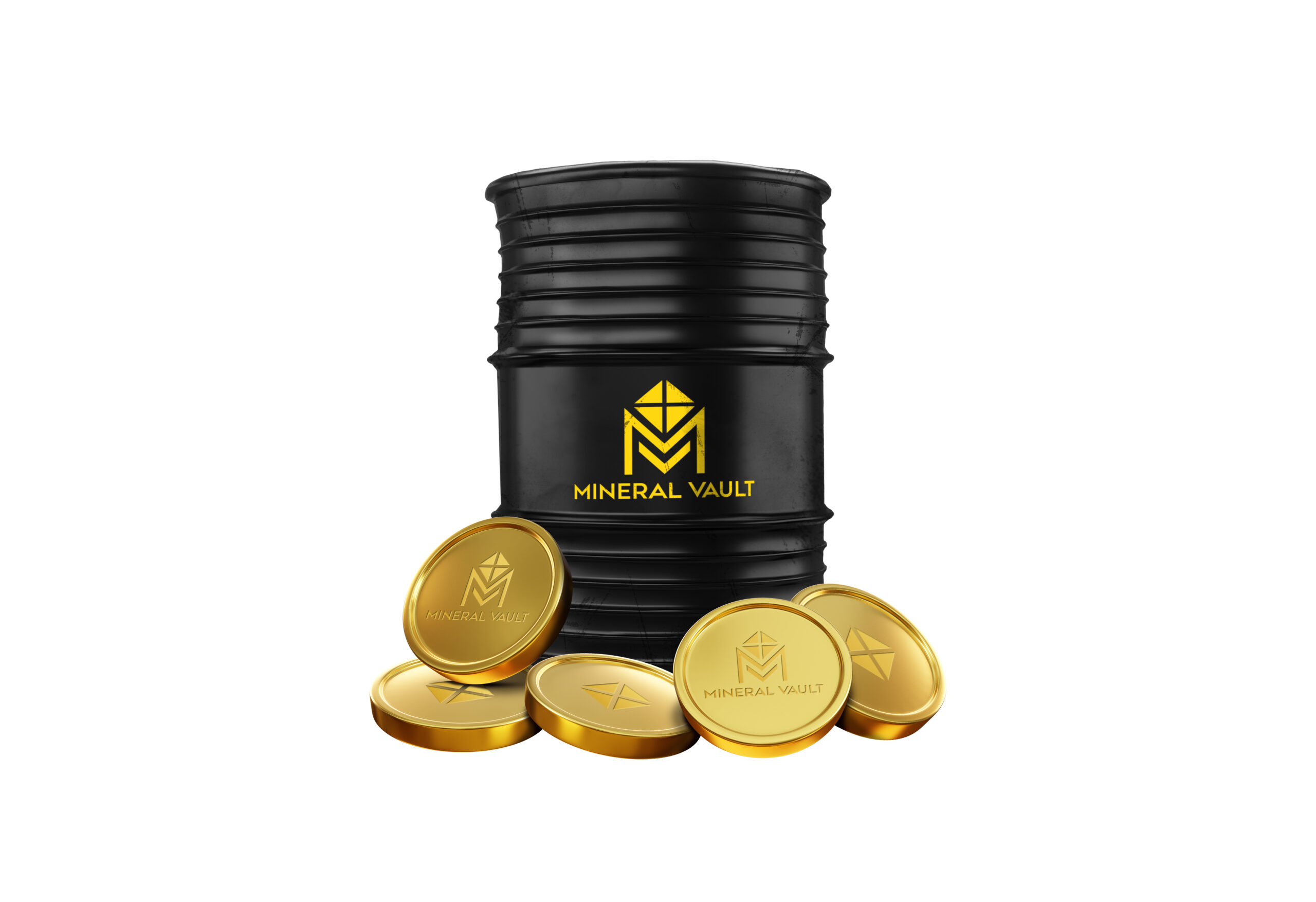When Mineral Vault launched its first tokenized offering earlier this year, we set out to prove two things:
- That U.S. mineral and royalty interests are one of the most resilient, income-producing asset classes available.
- That blockchain-based tokenization can open these historically exclusive investments to a far broader investor base.
With three months of dividends paid and the corresponding reports now published publicly, we can step back and ask: what do the numbers tell us about the portfolio, the underlying assets, and the tokenized investment model itself?
A Snapshot of Mineral Vault I’s Performance To Date
All dividend reports are published at links given publicly on our Transparency Portal, giving token holders a full view of gross revenues, expenses, and distributions.
Dividend Report #1 – June 2025
- Gross Revenue: $115,516.54
- Net Revenue: $114,999.55
- Dividends Paid: $103,499.60
- Implied Pre-Tax Yield (annualized): ~12.42%
Dividend Report #2 – July 2025
- Gross Revenue: $158,680.82
- Net Revenue: $154,349.06
- Dividends Paid: $138,914.15
- Implied Pre-Tax Yield (annualized): ~16.67%
Dividend Report #3 – August 2025
- Gross Revenue: $123,640.08
- Net Revenue: $123,475.87
- Dividends Paid (Total): $111,128.28
- Implied Pre-Tax Yield (annualized): ~13.34%
The pattern is clear: revenue is strong, dividend distributions are healthy, and returns are well in excess of initial targets.
What the Results Show

Looking at these first three months altogether, there are three main themes to be observed:
- Stable Cash Flow – The producing mineral and royalty interests inside the portfolio are delivering consistent distributions, validating the reliability of the underlying asset class.
- Attractive Yields – With double-digit annualized pre-tax returns each month, Mineral Vault I is providing the kind of income that historically attracted institutional investors to minerals. Due to the nature of the asset class, these aggressive returns are simultaneously acting as a hedge against inflation and public market volatility.
- Tokenization in Action – The reports also demonstrate how blockchain simplifies a once complex process. Ownership, dividend tracking, and distributions are being handled seamlessly, without the paperwork or delays that often characterize traditional mineral ownership.
A Primer for Newcomers

Here are some key concepts that are useful to know if you are new to mineral interest investing or tokenized assets in general. We also have a handy FAQ page for more in-depth questions.
What are mineral interests?
In the U.S., mineral rights allow the owner to benefit from subsurface oil and gas production. When operators drill and produce hydrocarbons, mineral owners receive royalty payments.
Why are they attractive?
Mineral ownership is passive. Owners do not fund drilling, manage operations, or take on debt. Instead, they receive income streams tied directly to production. This makes minerals different from other investments in oil & gas.
How does tokenization work?
Mineral Vault I Ltd, a BVI-registered entity, holds the portfolio. Ownership is represented through $MNRL security tokens. Each token corresponds to a proportional share of the entity’s revenue, with dividends paid out accordingly.
Why emphasize transparency?
The mineral industry has historically been opaque. By publishing property-level information, check-level revenue, and monthly dividend reports, Mineral Vault sets a higher standard for visibility and accountability.
Numbers in Context
While the three reports are encouraging, it is worth remembering that mineral revenues naturally vary month to month. Commodity prices, operator decisions, and production volumes can all influence distributions.
That said, the data illustrate the advantages of diversification. Mineral Vault I includes interests in more than 2,500 producing wells across nine U.S. states. This breadth helps smooth out volatility from any single operator or basin.
Another point of context is taxation. The August report shows both pre-tax and post-tax yields, illustrating how U.S. source withholding impacts foreign investors. By reporting these figures clearly, we help investors understand net returns – not just headline numbers.
Mineral Vault I is the foundation of a longer-term vision: to bring mineral and royalty ownership into a more transparent, accessible, and scalable format. With Mineral Vault II in development, more properties and more investors will soon be part of this ecosystem.
The early results confirm that tokenization is not just theoretical. It is producing real, tangible returns, delivered monthly, with data shared openly. Each report strengthens the case for minerals as a stable asset class and for blockchain as a practical tool in energy finance.
Further Reading
All three dividend reports and supporting data are available publicly at links given on our Transparency page. For convenience, here are links to the first three months of data:
The first three dividend reports for Mineral Vault I demonstrate a simple truth: mineral rights, when packaged transparently and managed via blockchain, can provide investors with stable cash flow, attractive returns, and clear reporting.
For investors new to the space, these reports offer more than just numbers – they are proof that tokenized minerals can work in practice, not just in theory. For existing token holders, they reaffirm the value of a model built on openness and sustainability.
As the Mineral Vault platform grows, this foundation of transparent reporting will remain central. In a market that too often operates behind closed doors, we believe visibility is the strongest foundation for long-term trust and growth.
 Behind the Scenes: How Mineral Vault Sources and Evaluates Oil & Gas Properties
Behind the Scenes: How Mineral Vault Sources and Evaluates Oil & Gas Properties  Why Tokenize Mineral Interests?
Why Tokenize Mineral Interests?  Mineral Interests: An Overview
Mineral Interests: An Overview 






